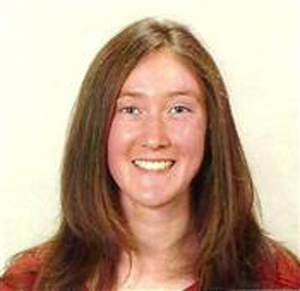Program Information
Evaluation of Scan Time Required for Motion Tracking in Four-Dimensional Cone Beam CT Using Patient Data Sets
R Martin1*, M Ahmad2, G Hugo3, T Pan1, (1) UT MD Anderson Cancer Center, Houston, TX, (2) Stanford University, Stanford, CA, (3) Virginia Commonwealth University, Richmond, VA
MO-F-WAB-10 Monday 4:30PM - 6:00PM Room: Wabash BallroomPurpose: Applying four-dimensional cone beam CT in a radiation treatment setting requires a tradeoff between image quality and scan time. The aim of this study is to assess the minimum scan time required to determine the motion of tumors immediately prior to radiation treatment.
Methods: Long CBCT scans of approximately 10 minutes were taken from 11 patients with lung lesions. Shorter scan times (down to about 1 minute) for these patients were simulated by removing projections. Four dimensional images were created from each full and simulated scan time using a ROI based FDK reconstruction algorithm with 8 breathing phases. Tumor motion for each phase relative to the first phase was determined through deformable image registration in a region of interest. The ability to track motion was assessed by comparing the results of the image registration of the simulated scans to the results for the full data scan.
Results: For each comparison between the full data set and a reduced data set, a root-mean-square error was calculated comparing the two motions on a phase by phase basis, with the summation being over the phases. As anticipated, the RMS error as well as the spread in the RMS error increased with decreasing scan time. Good tumor tracking was observed down to 2 minute scan times (RMS error = 1.9 ± 0.6 mm), while 1 minute scan times demonstrated a large spread in the error (RMS error = 2.4 ± 1.8 mm).
Conclusion: This study suggests scan times down to two minutes are sufficient for the extraction of tumor motion trajectories from 4D CBCT images. Additionally, this study sets up the ability to compare other reconstruction methods to the traditional FDK method.
Contact Email:


